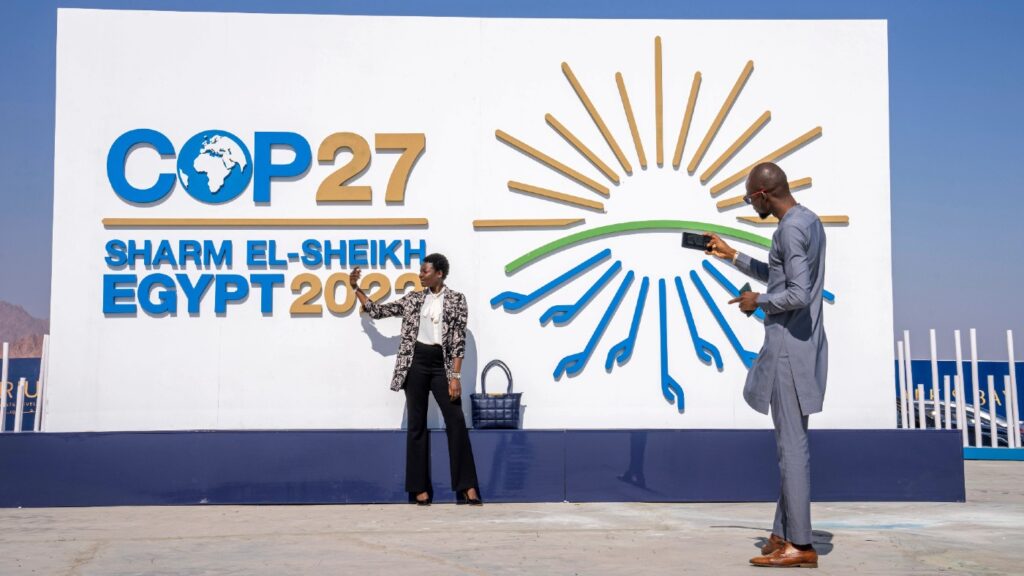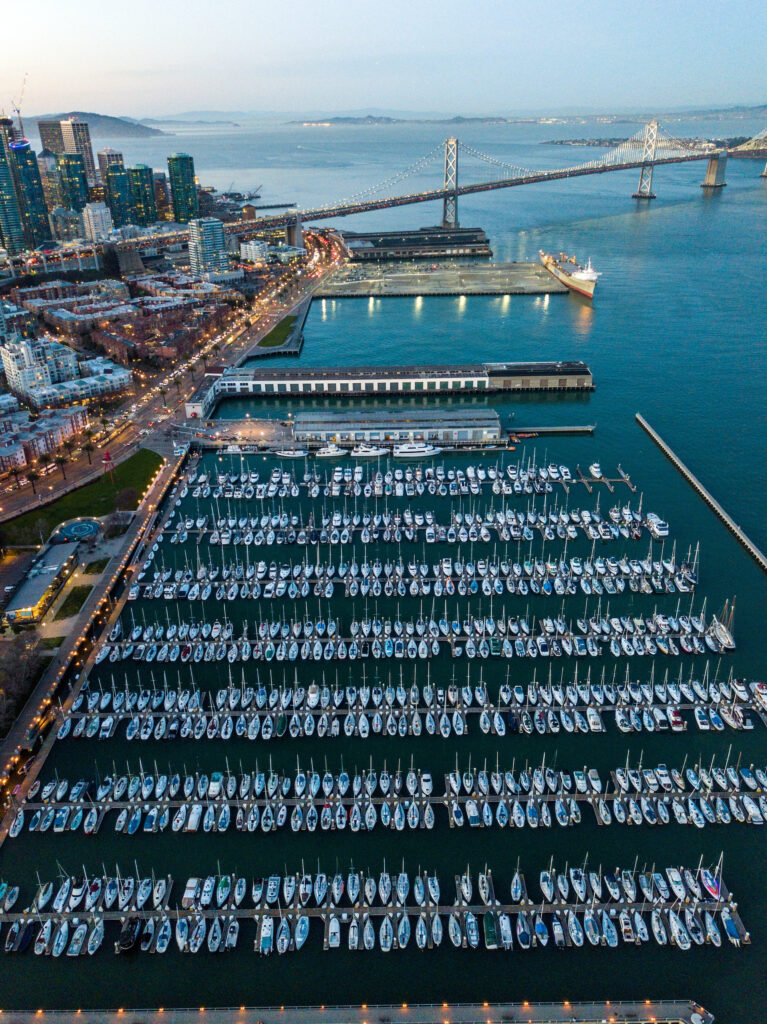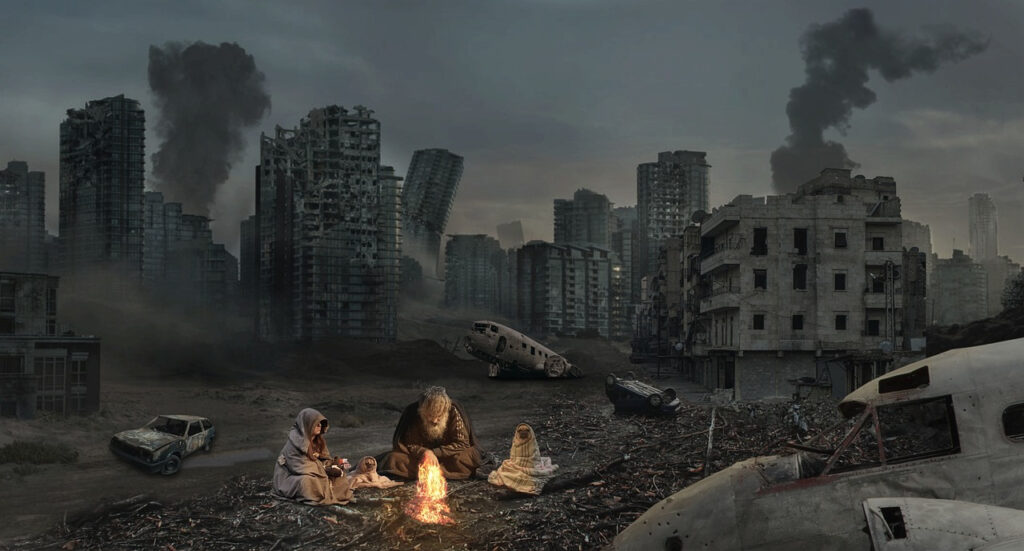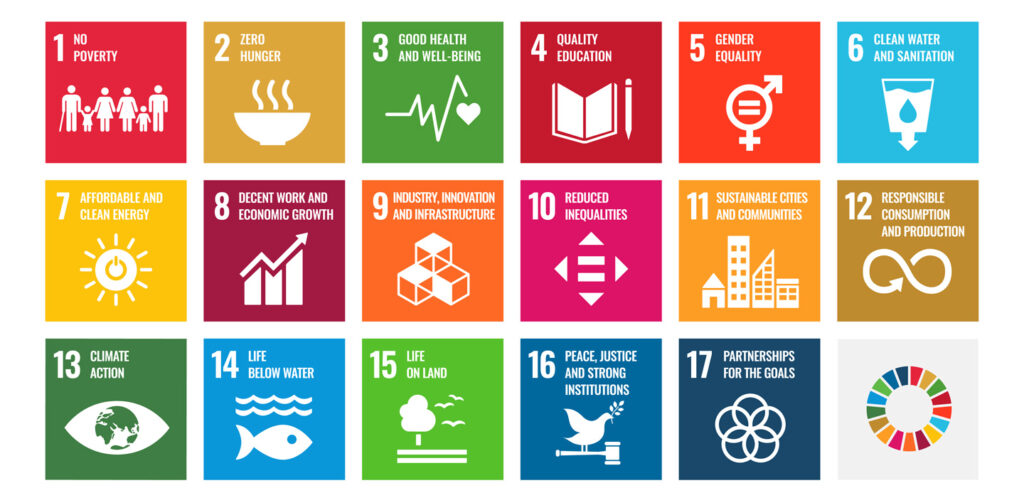In preceding sections, it has been illustrated that the environment is finely balanced. Despite our claimed superior intelligence, humanity finds itself at a critical juncture in our planet’s history. We are faced with escalating challenges of poverty, hunger, poor health, lack of education, social unrest, and the ongoing degradation of the natural resources vital for our well-being.


The key to securing a prosperous future lies in addressing environmental and developmental issues in alignment with Nature’s blueprint: “Nature knows best.” This entails meeting fundamental human needs, enhancing living conditions for the disadvantaged, and concurrently safeguarding and overseeing ecosystems for their sustainable utilization in the times ahead.
Sociologists caution that prior to environmental conditions reaching a point of complete collapse, urban stress may already induce moral and socio-economic breakdown. We are on a trajectory towards catastrophe. This catastrophe could potentially serve as Nature’s means of reestablishing equilibrium between resources and population. If individuals fail to adapt to natural processes, they risk being marginalized. Our survival hinges upon comprehending and valuing the intricate life-sustaining mechanisms of the Earth, and finding ways for humanity to integrate harmoniously into the system rather than disrupt it.
The environment is not itself in crisis; it will persist, albeit in an altered state, long after it has expelled human presence.
Figure 8.1: We must fulfill basic human needs and improve living standards for the needy whilst protecting ecosystems.

Figure 8.2: COP Climate Change Conference 2023


Figure 8.3: The gap between the ‘haves’ and the ‘have not’s’ is not sustainable
What we confront is a “human crisis.” Our pursuit of elevated living standards and our burgeoning population are driving forces behind the unsustainable exploitation of finite natural resources. Thus, humanity has exhibited an inability to effectively adapt to its environment.
Capitalistic investment prioritizes the interests of investors while disregarding two crucial factors: environmental repercussions such as air and water pollution, resource depletion like topsoil erosion, groundwater depletion, and loss of biodiversity; and the welfare of society at large, including education, childcare, and public healthcare.
In developed nations, this crisis stems from industrial development that rapidly depletes fossil fuels, resulting in widespread environmental pollution. In the developing world, degradation arises from unchecked population growth, which exerts pressure on biological resources such as wood for fuel, overgrazing of vegetation by livestock, and consequent soil loss due to extensive erosion.
In his opening address at the 2023 COP Climate Change Conference, Al Gore, environmentalist and former Vice President of the United States, declared that the climate crisis represents the most severe clash between the current organization of human civilization and the Earth’s ecological systems. He concluded by stating, “The technology to prevent catastrophe exists. The question is whether we will deploy those solutions in time.”
Hence, the fundamental solution revolves around individuals returning to or adapting to a lifestyle that aligns sensibly with the Earth’s resource capacity. This may entail embracing simpler living and employing technology inspired by biomimicry—mimicking nature—whose principles are clear.
Achieving such a monumental transition necessitates financial investment in both environmental and social sectors. However, as advocate Thuli Madonsela astutely observed, “Money alone is not the solution.” Distributing all capital evenly among the inhabitants of South Africa, for instance, would only provide enough for one year’s full provision for each person, leaving nothing for anyone thereafter. Therefore, investments must be directed towards sustainable programs governed fairly with long-term, inclusive goals in mind.
Consequently, the prevailing capitalist economic model must undergo transformation. Currently, a mere 1% of the global population possesses nearly half of the world’s wealth, adversely impacting individuals in both developing and developed nations.
Instead of focusing solely on investments in fossil fuels, there should be a shift towards funding research, technology, and development initiatives that are sustainable and environmentally conscious. This transition necessitates education, training, and effective governance for successful implementation.


Figure 8.4: Capitalistic investment is seldom ploughed back into the community and environment
Before we conclude, let us contemplate a summary of four distinct scenarios through which we might discover potential solutions to the Environmental Crisis.
Scenario 1: Reinstating a harmonious coexistence with nature through the principles of dynamic equilibrium.
This approach advocates for allowing nature to take its course. However, given the current degraded condition of the environment, adopting such an approach would probably result in ecological collapse, leading to widespread famine and starvation before humans could achieve a sustainable balance with nature once again.
Additionally, sudden population declines could occur due to pandemics or as a consequence of a Third World War. In such a scenario, the surviving few individuals would need to begin anew.

Figure 8.5 Ecological collapse, warfare, and pandemics have the potential to precipitate a significant population decline on a massive scale.
Scenario 2: Driving industrial development further to maximize Nature’s production capacity.
If there’s enough clean energy available, a Technological Revolution could enable humanity to thrive on Earth. Regarding the financial aspect, there’s a proposal to globally redirect surplus capital from the ultra-wealthy towards eco-friendly technological advancement, as advocated by Jeff Rudin, a South African writer specializing in Sustainability. He proposes that excess wealth from the ultra-rich can be channeled to boost eco-friendly industries and alleviate poverty. However, challenges with this perspective include the urgent need for eco-friendly technology development and the finite nature of Earth’s resources.
Scenario 3: Holding governments accountable for attaining clearly defined sustainable outcomes.
Since the United Nations’ Rio Declaration of 1992, several UN initiatives have been launched to devise a plan for restructuring the world to achieve global sustainability.

Figure 8.6 Ecological collapse, war and pandemics could cause a huge scale population crash.
Most prominently, the 17 Sustainable Development Goals (SDGs) have gained widespread recognition. The objective is to attain global harmony and cooperation by the year 2030. Each of the 193 countries that endorsed the 2015 Paris Climate Agreement is required to actively implement measures to fulfill these goals.
The goals encompass various aspects, including promoting clean energy, fostering responsible infrastructure development and industrialization, fostering cooperation and partnerships between nations, promoting sustainable cities, advocating for responsible consumption and production, advancing education and gender equality, promoting peace and justice, and conserving biodiversity on land and in the oceans, among others.

Figure 8.7 The Sustainable Development Goals has in mind to bring dignity to all the citizens of the world.
The other important vehicle is the Earth Charter that operates under UNESCO. It has four Pillars and sixteen Principles. It addresses the same issues covered in the SDGs but it is set out in a more cohesive manner and from the perspective that humans form part of the community of life and has therefore a responsibility to take care of it.
But time is not on out side.

Figure 8.8 The Earth Charter attempts to instill a respect for nature and its resources as all form part of the community of life
Scenario 4: Given the vital importance of the natural world and the crucial role of sustainability in ensuring human survival on Earth, we at ECOPLAN have formulated The Environatics Ten Point Plan. This prioritized list aligns with international directives but specifically addresses challenges in Southern Africa. It would be advantageous for each nation to create its own 10-point plan within the broader international guidelines.
1) Energy: Transition from non-renewable to renewable energy sources through a “Just transition” approach, mitigating global warming. Integrate local and private renewable energy generation (such as solar and wind) into the national grid.
2) Industry: Adopt the circular economy model in industry to optimize resource use and extend availability through recycling. Recognize and reward industries implementing circular economy principles while penalizing non-compliance, such as through carbon penalties.
3) Agriculture: Promote sustainable food production practices like regenerative farming, transitioning from large-scale monoculture to AI-enhanced and energy-efficient techniques.
4) Poverty: Empower economically disadvantaged communities through improved access to energy and infrastructure, expanded health services, family planning, education, and job creation initiatives.
5) Land Use Projects: Mandate rigorous Environmental Impact Assessments for all land development projects to ensure long-term sustainability and environmental protection.
6) Resource Rehabilitation: Restore degraded lands, promote rewilding for ecosystem services, and biodiversity conservation through measures like expanding nature reserves and combating invasive species.
7) Sustainable Resource Management: Manage resource extraction within sustainable limits, including fishing, forestry, and mining, while seeking alternative sources for scarce minerals.
8) Education: Foster understanding of natural principles and encourage development in harmony with nature through concepts like biomimicry, integrated into school curricula and tertiary education.
9) Capacity Building: Provide training and employment opportunities for urban workers, including rehabilitation programs for prisoners and the unemployed.
10) Innovation and Implementation: Monitor and adopt eco-friendly engineering and technology advancements to enhance productivity, ensuring capable expertise in leadership roles.
Achieving sustainable living requires global cooperation as no nation is economically self-sufficient, and environmental challenges transcend political boundaries.

In conclusion, it is evident that there is still time to divert ourselves from the current path of degradation and impending disaster. The means to transition to a sustainable trajectory are within our reach. A thriving and sustainable society will emerge when financial resources are redirected towards facilitating sustainable lifestyles for all, rather than sustaining excessive luxury for the few. Additionally, it requires a fundamental shift in the mindset of decision-makers and politicians, urging them to prioritize the well-being of future generations. Only then can we ensure that everyone’s needs are met, as famously articulated by Gandhi: “The earth provides enough resources for people’s needs, but not for their greed,” a sentiment echoed by Mother Teresa’s call for simpler living so that others may simply live.